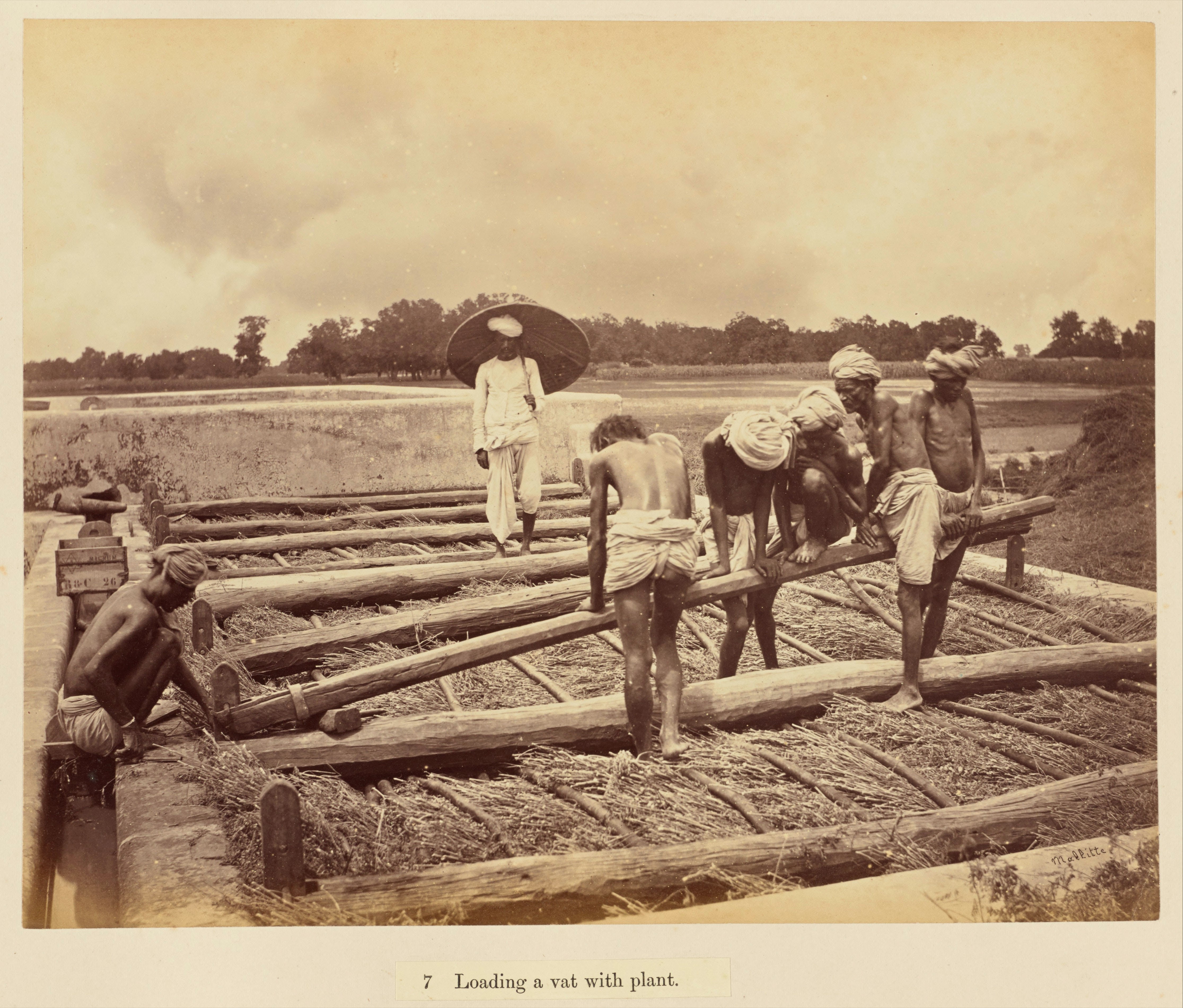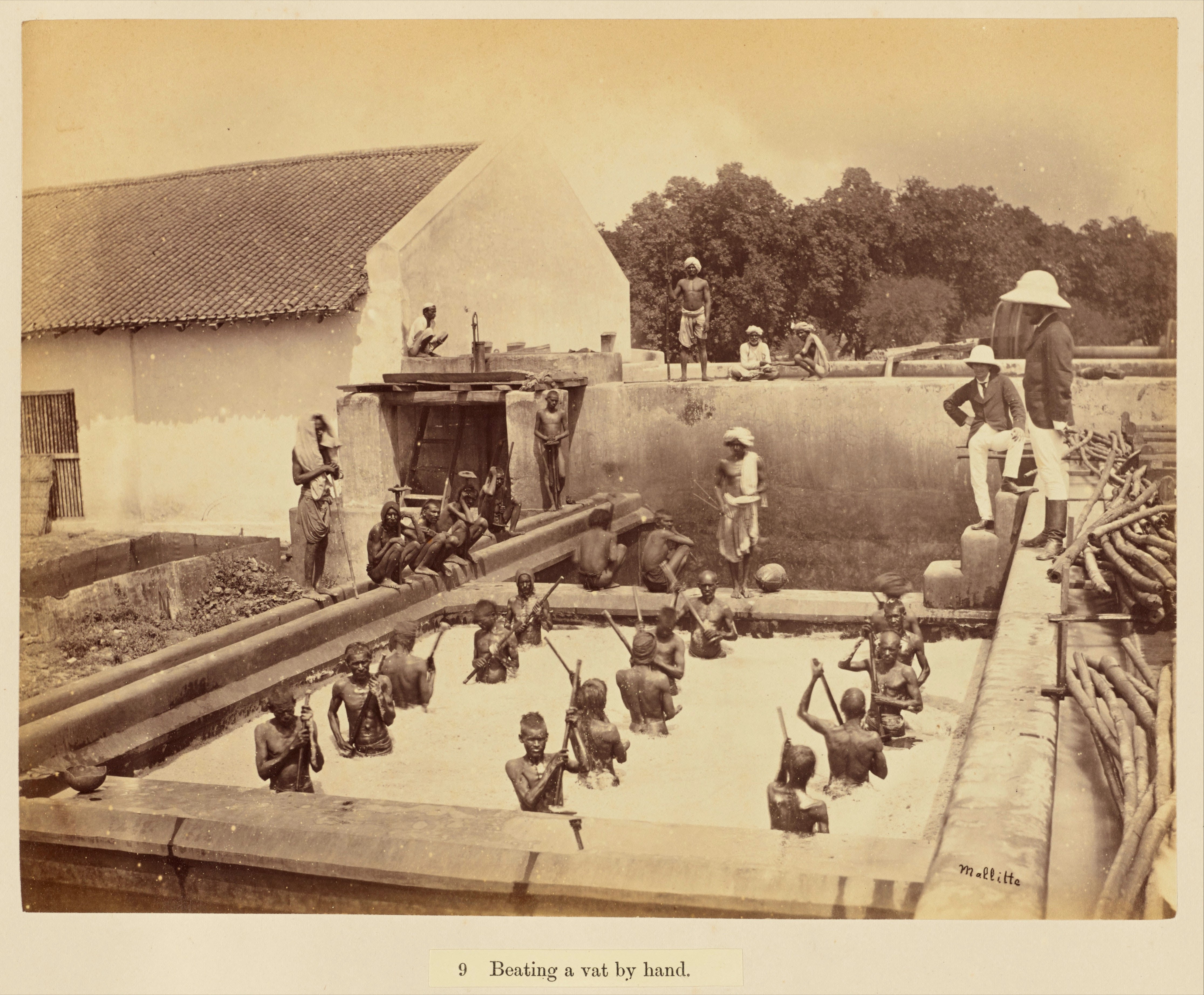It became one of the most remarkable peasant movements of indian history. Ryots denied producing the indigo anymore.
Indigo Plantation Movement. In the words of one historian, it brought a “new realism to the regulation of foreign trade in america.”. It became one of the most remarkable peasant movements of indian history.
 Champaran Satyagraha continues From downtoearth.org.in
Champaran Satyagraha continues From downtoearth.org.in
Louis fischer met gandhi in 1942 at his ashram in sevagram. Indigo plantation was destroying the productivity of the land which was the main reason of the peasant�s protest. View solution > view more.
Champaran Satyagraha continues
Louis fischer met gandhi in 1942 at his ashram in sevagram. It became one of the most remarkable peasant movements of indian history. (d) a law was passed lifting the ban on the import of indian indigo in british. (b) a law was passed exempting the farmers from indigo plantation.
 Source: radhikaranjanmarxist.blogspot.com
Source: radhikaranjanmarxist.blogspot.com
Despite the large body of scholarly work done on the subject, dr shukla felt that certain aspects connected with indigo plantation in bihar still needed to be explored. Welcome to the most ambitious exhibition ever assembled on the subject of slavery in new york. The planters made the ryots to sign a contract or an agreement (satta). By swaraj they.
 Source: oldindianphotos.in
Source: oldindianphotos.in
Indiegogo is your destination for clever innovations in tech, design, and more, often with special perks and pricing for early adopters. [cbse 2012, 13] answer 1. The planters made the ryots to sign a contract or an agreement (satta). They sold friendship in july of 1784, assigning. Louis fischer met gandhi in 1942 at his ashram in sevagram.
 Source: historymuseum.ca
Source: historymuseum.ca
The author records the colonial efforts to exploit the knowledge of indigo plantation in india and use it to benefit themselves especially in bengal. The place is known for the movement of indigo peasants during the british period. Sometimes, they pressurized the village headmen to sign the contract on behalf of the ryots. The indigo plant also played a vital.
 Source: slideshare.net
Source: slideshare.net
View solution > view more. Which of the following reasons can be attributed to the champaran movement of 1917? As a result, forceful plantation of indigo was banned in india following a report sent in by the indigo commission. By swaraj they understood that they would not be required to pay any taxes and that lands would be redistributed.the peasant.
 Source: beejliving.com
Source: beejliving.com
A law was passed exempting the farmers from indigo plantation. The place is known for the movement of indigo peasants during the british period. (a) a law was passed which made the indigo plantation compulsory. In the nij or ‘own’ system, the planter produced indigo on. Ryots denied producing the indigo anymore.
 Source: downtoearth.org.in
Source: downtoearth.org.in
(d) a law was passed lifting the ban on the import of indian indigo in british. Over the years, it has become an aspect of economic history and of the history of the peasant movement. The movement was primarily against talukdars and landlords. A law was passed imposing ban on indigo plantation. Welcome to the most ambitious exhibition ever assembled.
 Source: artuk.org
Source: artuk.org
The champaran satyagraha of 1917 was the first satyagraha movement led by mahatma gandhi in british india and is considered a historically important rebellion in the indian independence movement.it was a farmer�s uprising that took place in champaran district of bihar in the indian subcontinent, during the british colonial period.the farmers were protesting against having to. On october 7, slavery.
 Source: oldindianphotos.in
Source: oldindianphotos.in
Gandhi told him that how he initiated the departure of the british from india. Following the protests, the indigo commission was constituted by the government which accepted the faults of the planters and asked the planters to stop the cultivation. Louis fischer met gandhi in 1942 at his ashram in sevagram. [cbse 2012, 13] answer 1. (d) a law was.






